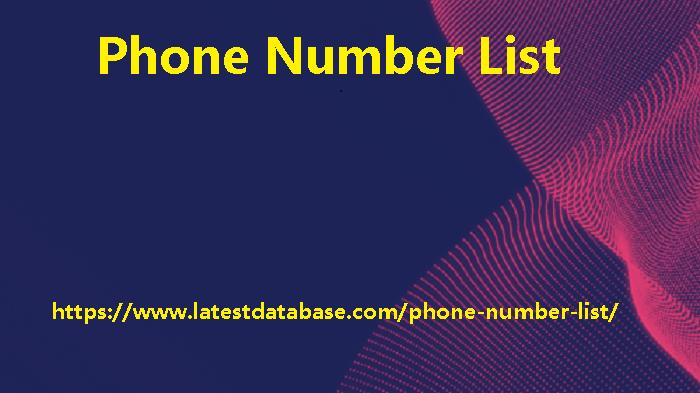This eliminates This means you can easily access and update shared state across your application without having to pass data through multiple levels of your component tree. This not only simplifies your code but also improves the performance of your application by reducing unnecessary renders.
Why should you use React Provider Store?
Using React Provider Store offers a multitude of benefits for developers. Here are some of the key reasons why you should consider integrating it into your React applications:
Centralized State Management: With React Provider Store, you can store all your global state in a single location, making it easier to manage and update. for prop drilling and allows you to access state anywhere in your component tree.
Improved Performance By reducing
The number of unnecessary renders caused by prop drilling, React Provider Store can significantly improve the performance of your application. This is especially important for larger applications with complex state management needs.
Simplified Code: Using React Provider Store helps to declutter your code by removing the need to pass down props through mobile phone number database australia multiple levels of your component tree. This results in cleaner, more maintainable code that is easier to understand.
How to Implement React Provider Store
Integrating React Provider Store into your application is straightforward. To get started, follow these simple steps:
Install the Context API: First, you’ll need to import the Context API from React. This will allow you to create a global context for your application.
Create a Provider Component Next create
Provider component that will wrap your entire application. This component will provide the global state to all child components.
Define your State: Within the Provider component, define the initial state of your application using the useState hook.
Pass State to Child Quick Signs Components: Use the Provider and Consumer components from the Context API to pass your state down to any child components that need access to it.
Update State: To update the global state, use the useReducer hook to create a dispatch function that can be called from any component in your application.
